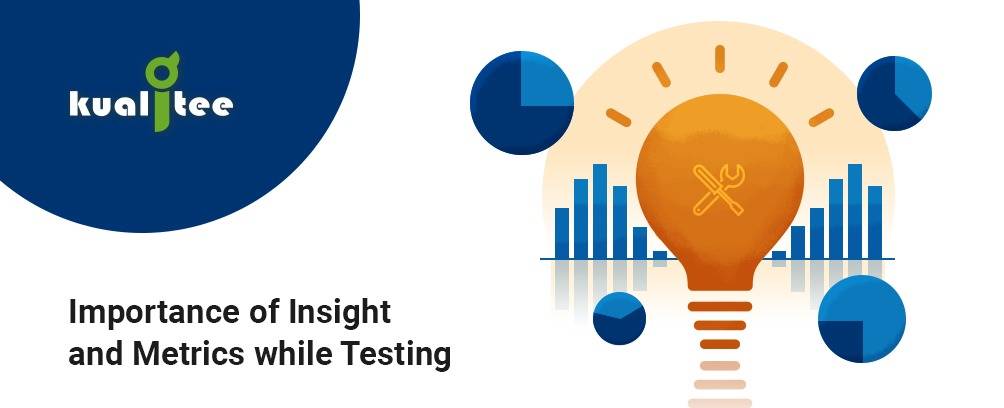In software testing projects, a tester who cares to measure the quantities, test coverage, cost and time effectiveness, as well as the quality standards, sets a list of test metrics and insights beforehand the test cycle.
You would have heard it: “We can’t control things that we can’t measure.”
A successful software development cycle is planned and measured, it has predictive analysis about the outcomes, it identifies major areas that need testing, and chooses tools that fit best with the testing requirements.
It is all decided by sketching some resolute test metrics and insights that are commonly known as the standard of measurement. Without these metrics, a project and process cannot be accomplished in the real time. However, these metrics vary with project type and client’s requirements.
Following are the essential metrics and insights considered while testing:
-
Defect Trends Identification
It sets a criterion for bug detection where a tester just doesn’t look into the danger areas but also locates the hidden red zones housing several bug colonies. It can give a retrospect about the consistently threatened areas and the rate of a problem existing there.
This is where testers should log usability issues in setting their test metrics while cross-reference metrics can help identify the areas with the highest rate of defects.
-
Data Tracking
Test metric makes data tracking and management easier. Data tracked the right way gives testers a deliberate report about the work done and work yet to be done. This way a tester can get an idea about how long he would have spent on that project and how much resources he would require further. This test metric helps in the recognition of potential and unexpected delays on early the better basis.
Additionally, previewed data can effectively highlight the red zones from the test design.
-
Defect Detection and Prevention with Pareto Chart
Defect detection and prevention is one of the most major areas where the testing team aims to reduce the production outflow. In this part, Pareto Chart is a substantial and standard analysis technique that efficiently helps in the defect detection. This skeptical chart assists in prioritizing the defect identification via 80:20 rule.
-
Current Quality Ratio
It is the test metric that calculates the number of test procedures executed versus the total number of test procedures. The current quality ratio defines the standard of performance and functionality achieved successfully throughout the testing cycle.
-
Defect Aging
It is another very important test metric that calculates the time difference between the data a bug is detected and the current data and then assesses the defect’s status as well.
The Defect Age Formula: Defect Age in Phase = Defect Detection Phase – Defect
Injection Phase
-
Requirements Coverage/Coverage Metric
The requirement coverage or coverage metric is an evaluating test metric that assures if every test case meets the requirements that have been set already. If there is some lacking detected in the test cycle, a team member should already work to cover it.
The two types of Coverage Metrics include:
- Designed Coverage = Designed Validation points / All estimated validation points
- Executed Coverage = Executed Validation points / All estimated validation points
-
Test Execution/ Defect Find Rate Tracking
The test execution key metric is a very critical part of a test cycle as it identifies the status of a test via charts. These charts help in understanding to what extent the rate of testing and the rate of defect finding stand parallel with the expected results. This test metric provides a final status of every test such as passed/failed/in progress/blocked etc.
So, testers, now you have known that why test metrics and insights are significantly important before beginning a testing activity.
It’s the right time to fix some intelligent test metrics already!















































